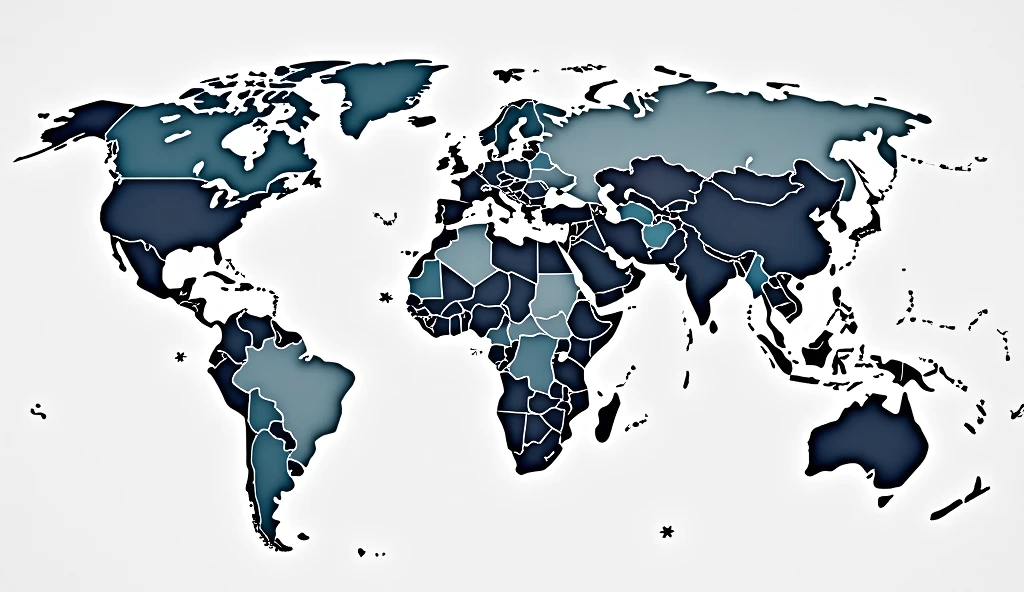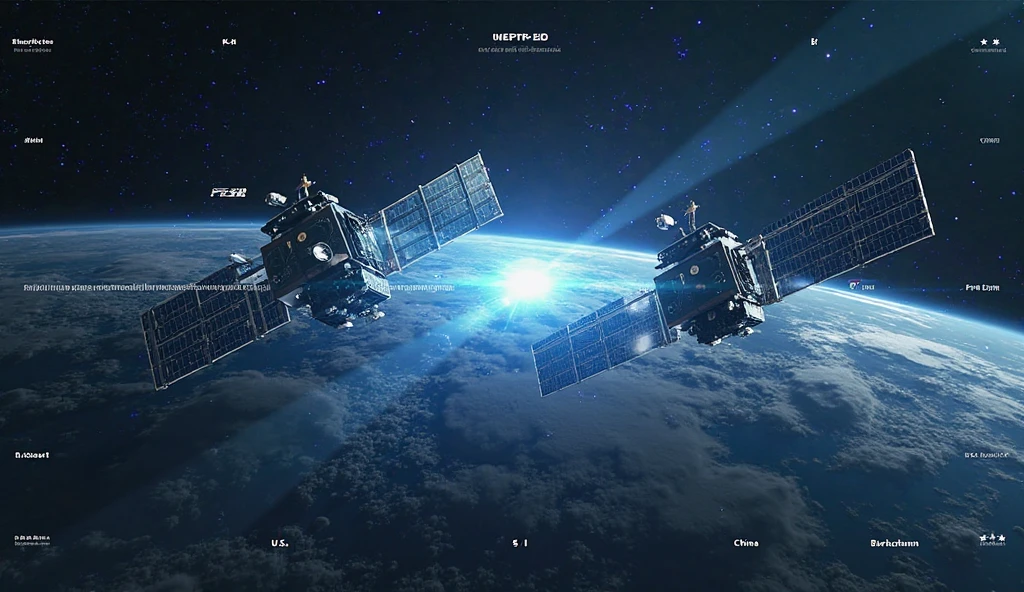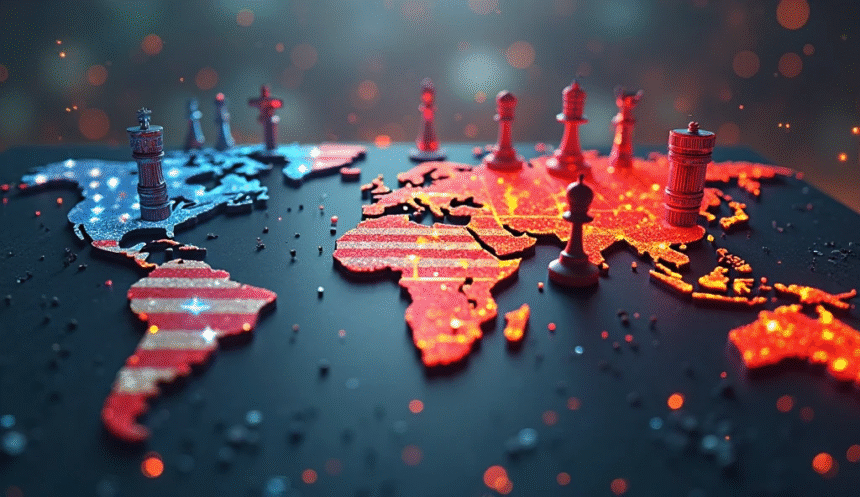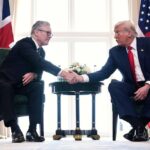As the U.S. and China clash over trade, tech, and global influence in 2025, the world watches a high-stakes game with no clear winner only shifting power.
Welcome to Cold War 2.0 not fought with missiles or ideology, but with microchips, shipping routes, and AI dominance.
The world’s two superpowers the United States and China are locked in an intensifying rivalry that defines global politics in 2025.
This isn’t just a trade war.
It’s a contest to shape the future of power, privacy, and prosperity.

Trade: The Battlefield of Tariffs and Trust
The 2025 London trade talks marked the first high-level economic summit between Washington and Beijing in over a year.
While both sides smiled for cameras, behind the scenes there were clashes over tech transfers, rare earths, and supply chain access.
Key flashpoints:
- Chip wars: U.S. bans on AI processors and China’s retaliation
- Rare earths: China’s control over key minerals used in green tech
- Logistics & trade routes: Rivalry over ports and digital infrastructure in Africa and Southeast Asia
“Trade is no longer just about goods it’s about power,” says Dr. Aisha Qamar, a global economist.

Tech: The Digital Iron Curtain
In the new Cold War, technology is the most contested frontier.
The battle for AI supremacy, 5G networks, and cybersecurity has drawn lines across the world.
- China’s lead in surveillance tech, e-currency (Digital Yuan), and 5G
- U.S. dominance in chip design, social media platforms, and cloud computing
- Global concern over data sovereignty and digital trust
The world is being divided into “tech spheres of influence”, with nations choosing sides based on infrastructure, ideology, and pressure.

Currency Wars: Digital Dollars vs. e-Yuan
Another front: the fight for financial dominance.
As more nations question the U.S. dollar’s supremacy, China is pushing hard for adoption of its central bank digital currency (CBDC).
- U.S. Digital Dollar project still in pilot phase
- China’s e-Yuan is being used in Africa, Asia, and South America
- Nations like Brazil, Iran, and Russia experimenting with BRICS-backed digital payment systems
The future of global finance may not run through New York but through Beijing’s fintech corridors.

Soft Power and the Information War
From TikTok to Hollywood, both countries are now trying to control narratives, sway global opinion, and win the cultural battle.
- China’s media strategy is focused on Africa, Middle East, and Southeast Asia
- U.S. still dominates in film, pop culture, and tech influencers
- The fight over information sovereignty, misinformation, and internet control is heating up
Who controls the flow of information, controls the perception of truth.
The Global South: Battleground or Peacekeeper?
Developing nations are no longer passive spectators.
Countries in Africa, South Asia, and Latin America are:
- Courted by both powers with infrastructure, aid, and digital deals
- Creating non-aligned blocs that play both sides
- Demanding a third way global cooperation over confrontation
“The new Cold War isn’t just East vs. West it’s many countries asking, ‘What’s best for us?’”Ngozi Okonjo-Iweala, WTO Director-General

Who’s Winning?
It depends.
- Tech & Military: U.S. still leads
- Trade & Resources: China catching up fast
- Diplomatic Influence: Split EU leans U.S.; Global South leans neutral or China
- Currency & Infrastructure: China is innovating faster
In this war, there may never be a clear “winner.” But the outcome will shape the next century.
Final Thoughts
The world isn’t heading into war but into strategic decoupling, where two global systems run in parallel.
This new Cold War is being fought not just in boardrooms or cyberspace but in the minds of billions.
Will the world stay divided? Or can the rivals find a way to lead together?








